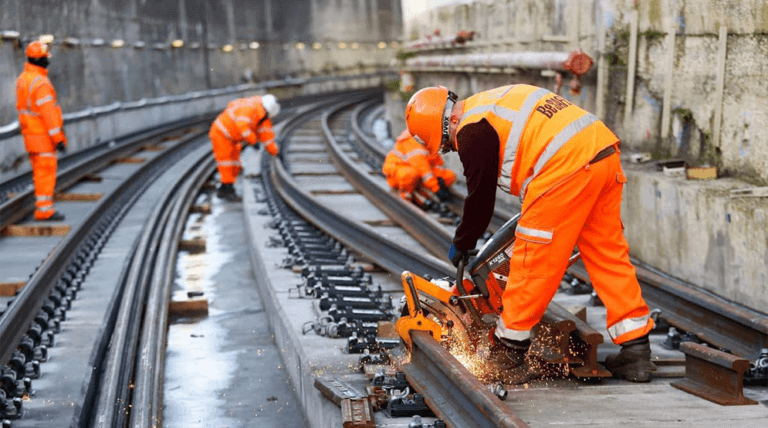Gang men and key men collectively patrol 40,000 kilometers round-the-clock, even in adverse climates. They are the last line of defense, walking 8 kilometers daily, as they look out for potential railway track defects. Hence, establishing effective communication channels was crucial for the safety of key men as well as the traveling passengers.
How it works
Here's why our solutions stand out from the rest
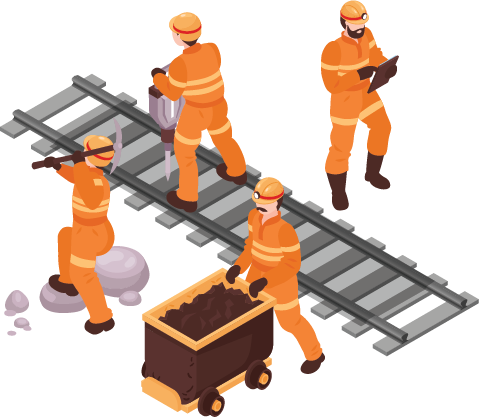
The Indian Railways needed a better, more optimal, system for:
- monitoring key men routes
- checking if all allocated points are visited
- ensuring if they made all necessary repairs
- calculating key men’s wages based on the distance traveled.
This posed a threat to safe train travels. Imagine trains running on unserviced tracks!
Uffizio helped the Indian Railways overcome these issues by providing key men with GPS trackers.
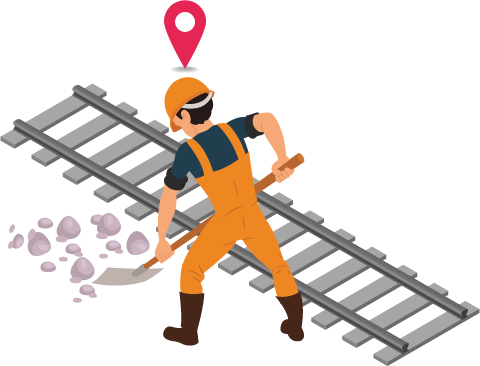
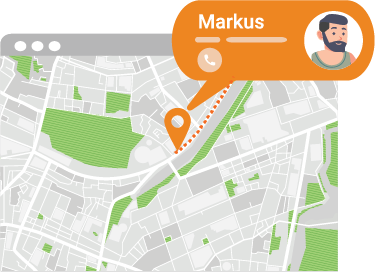
Now, they were able to track the key men’s route, calculate distance traveled, and estimate their wages accordingly.
This increased visibility helped to alert keymen in case of any danger. On the flip side, the key men used our SOS module to request assistance.
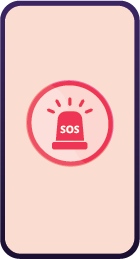
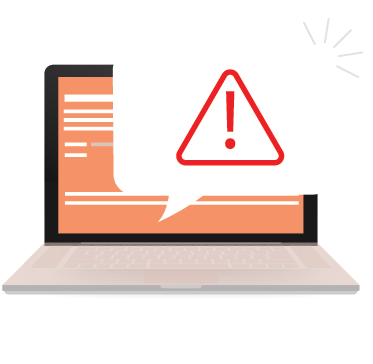
Real-time alerts and notifications for incomplete tasks missed checkpoints or employee inactivity.
Tools that help you excel
Benefits
Uffizio provides businesses with tools and actionable data—so they no longer operate in the dark. Our solutions have been deployed by businesses of all sizes and types. For higher profits, greater scalability, and efficient operations-choose Uffizio!

Safety
Trakzee ensured the safety of key men and the passengers through alerts and reminders.

Ease of Automatic Wage Allocation
Trakzee calculated the wages of the key men based on the distance traveled.

Checking Violations
Using the parameters of distance and time, Trakzee determined the speed of the key men and reported violations if a vehicle was used for patrolling.

Efficiency and Precision
Access to accurate reports in real-time and automated monitoring of the key men’s tasks.
Key men tracked.
Increase in the safety of key men!
Successful trips per day.
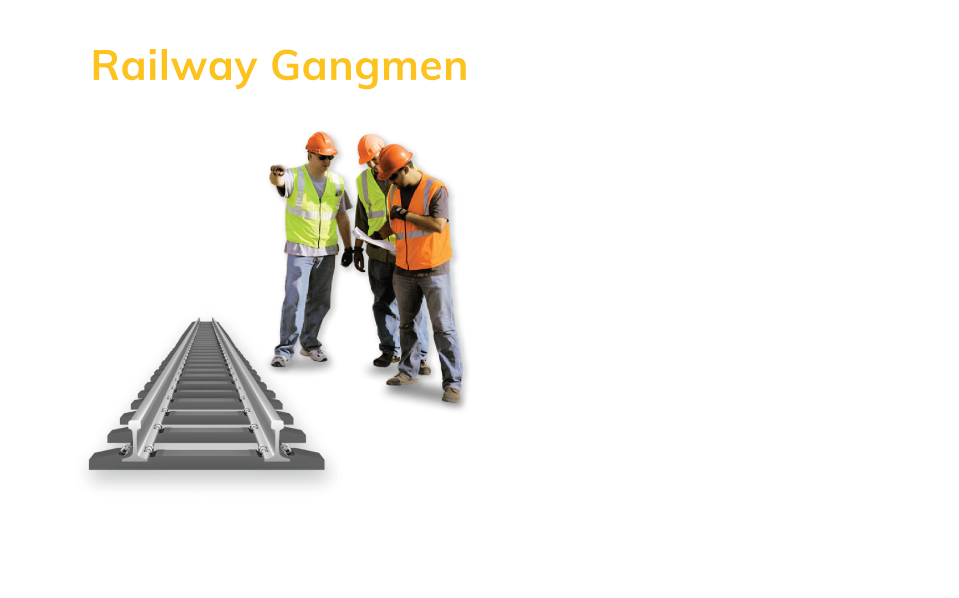
Collaborate with Uffizio
Start growing and optimizing your business today
We at Uffizio believe in maintaining long-lasting and fruitful business relationships. Uffizio has hardware partners across the globe. So, we can help you find a partner—if that’s what you’re looking for. Also, we’d be honoured if you partnered with us and would be more than happy to assist you with it.
